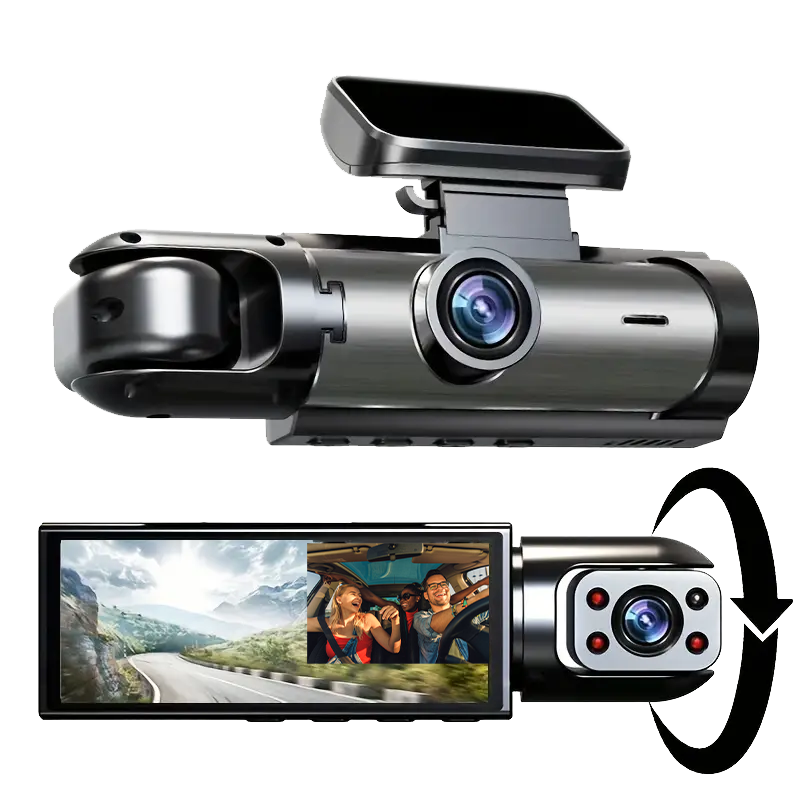
Indian Motorcycles Roadmaster 1948

From 1946 through to the first half of 1948, the Chief was the only model offered by Indian.
Following the production restrictions during the Second World War, the company was struggling and restarted civilian production with what was essentially the pre-war Chief with only the front forks changed to the girder-spring type used on the military Model 841. The engine remained the tried and trusted 73.62ci (1,206cc), 42-degree, V-twin that developed 40hp and provided a top speed of 85mph (137kph). There was a three-speed gearbox driven by a multi-plate wet clutch and a gearbox with reverse for sidecar applications.
To compete with the British motorcycles that were beginning to arrive in the US, the Indian management gave priority to the development of vertical singles and twins and the Chief received only minor updates during the next two years. In 1947, these included the front fork links being lengthened by half an inch, 16×5.00 wheels and tyres became standard with the earlier 18×4.50 available as options, the Indian head tank emblem was replaced with script, the front mudguard light incorporated an Indian head lens and the chain-guard featured a cut-out for the kick-start mechanism.
During 1948, new crankcases and a gear-driven, aluminium oil pump arrived and the frame acquired a rectangular-section frame brace under the seat while the gearshift lever mount on the front downtube was changed from a casting to a welded tube. The generator system featured an automotive-type regulator, a warning light replaced the ammeter on the instrument panel, a new Stewart-Warner speedometer was driven by the front wheel and a new horn was fitted between the front down tubes. Only 16×5.00 wheels and tyre were available and narrower, sports-styled handlebars were optional. Telescopic front forks appeared on 1949 Chief prototypes but Chief production was discontinued in 1949 as resources were devoted to addressing problems with the new models. However, after-market telescopic front fork conversions were available from Vard.
The Roadmaster model was the top of the range, featuring more chrome and equipment than the Clubman and Sportsman models. This example, with telescopic front forks fitted, was purchased from restorer Bollenbach Engineering of East Dundee, Illinois, in 1991 following a complete restoration. When purchased for the NZ Classic Motorcycles collection via a US auction house in May, 2008, from a private owner in Monterey, California, it had covered only 939 miles since its restoration. It arrived with its original Massachusetts licence plates, instruction and repair manuals, a parts catalogue and a condition report.
